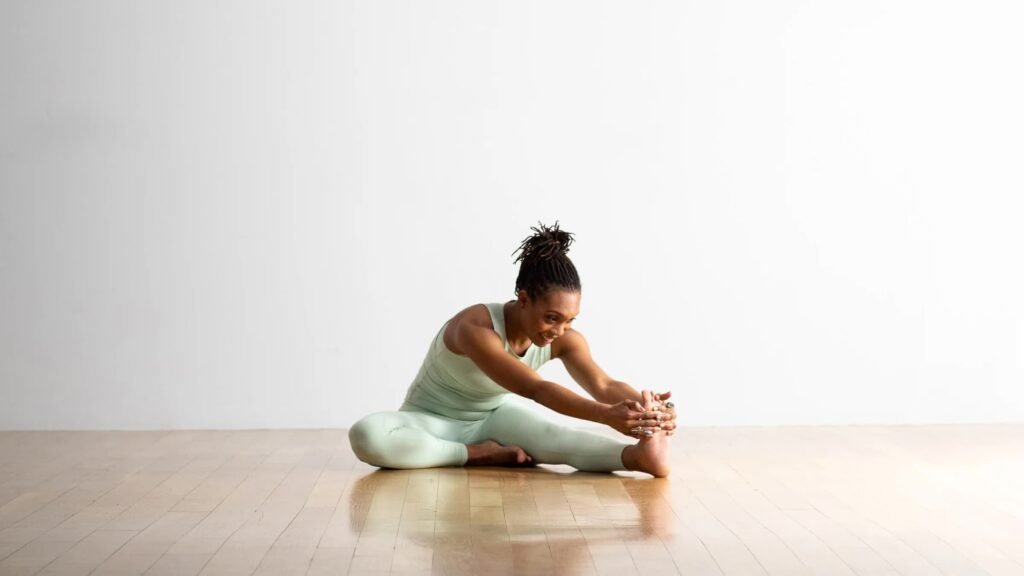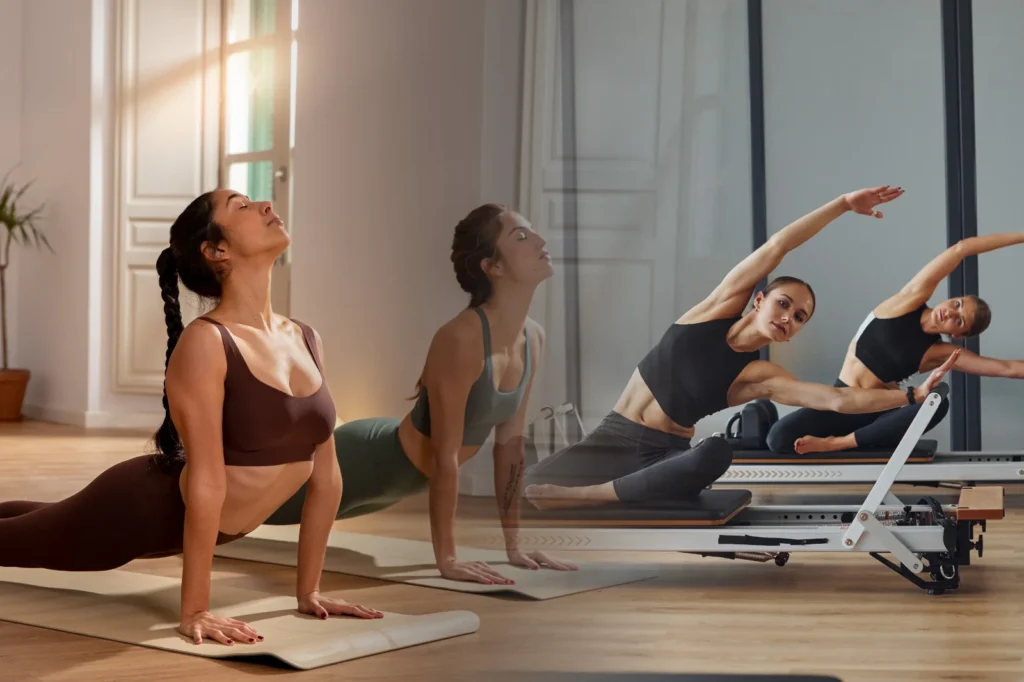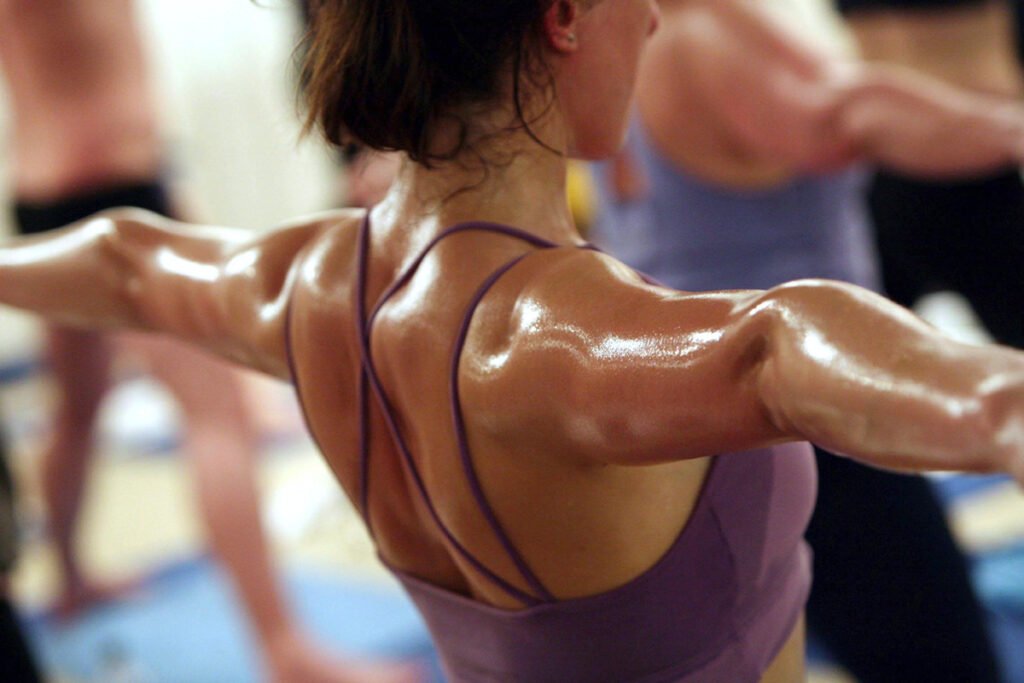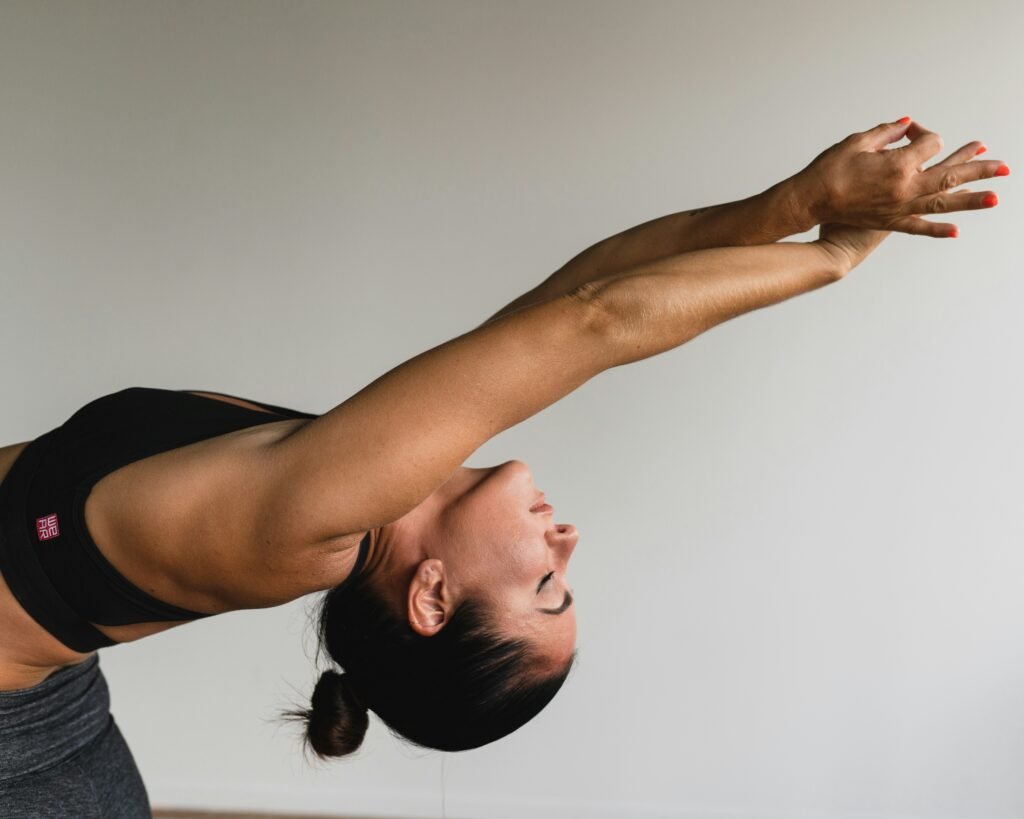Acro Yoga 15 Best Poses | Partner Yoga Poses [ 2025 ]
Acro Yoga 15 Best Poses | Partner Yoga Poses [ 2025 ] Acro Yoga poses : A Comprehensive Guide to Strengthening Connections Through Movement It is an activity that can be defined as two-person yoga poses either with a friend , family member, or with your love one . There is a lot of couples yoga poses, and it is a fun activity that allow deep connection and a great way to socialise too . Some poses are done in seated position, and always with a base partner. Some others involved contact with partner’s hands. Overall it is a lot of action and you will get a deep stretch. In the ever-evolving world of wellness and fitness, partner poses yoga has emerged as a unique and engaging practice that combines the ancient wisdom of yoga with the power of human connection. This comprehensive guide will explore the depths of partner yoga, from its origins and benefits to practical tips and a collection of fun poses to try. Whether you’re a seasoned yogi or a curious beginner, this article will provide valuable insights into the world of partner poses yoga. What is Partner Poses Yoga? Partner poses yoga, also known simply as partner yoga or Acro Yoga, is a style of asana practice where two people support each other in poses to enhance postures and build trust and communication. This practice goes beyond the physical aspects of traditional yoga, emphasizing the importance of balance, body alignment, and the unique experience of sharing poses, movements, and breath with a partner. Rooted in Tantric lineages, partner yoga focuses on using relationships as a tool for awakening to one’s true nature. The practice incorporates elements of touch, traction, and leverage, which contribute to deepening the practice and fostering self-awareness and relational balance . It’s important to note that partner yoga is not limited to romantic couples; it can be practiced by friends, family members, or even strangers, making it a versatile and inclusive form of yoga. Find out Hips Opening Yoga Poses for a better body structure The History and Origins of Partner Yoga The concept of partner yoga as we know it today has its roots in the broader history of yoga, which dates back thousands of years in ancient India. Traditional yoga has always emphasized unity and connection, principles that are foundational to partner yoga as well. The modern form of partner yoga began to take shape in the late 20th century, with Ganga White credited as a pioneer in this field. In 1977, White had a moment of inspiration while experimenting with yoga postures alongside fellow yogi Ana Forrest. This led to the creation of “Double Yoga,” which was first published in 1980 by Penguin. White’s innovative approach involved using another person to enhance and deepen yoga postures, adding a new dimension to traditional yoga practices. As partner yoga gained popularity, it offered a unique way to explore yoga through collaboration and connection. The practice evolved to include elements of acrobatics and massage, reflecting a growing interest in yoga as a means of fostering connection and understanding between individuals. Partner yoga also draws inspiration from ancient Tantric traditions, which emphasize the interconnectedness of all things and the use of relationships as a tool for spiritual awakening. Tantra, which means “to weave,” involves integrating all aspects of life into spiritual practice. Partner yoga embodies this philosophy by using the physical and emotional connection between partners to deepen self-awareness and relational skills .Today, partner yoga is practiced worldwide and continues to evolve. It has been incorporated into various yoga styles and is often featured in workshops and teacher training programs, highlighting its growing influence in the yoga community. The Benefits of Partner Poses Yoga Partner poses yoga offers a wide range of physical, emotional, and relational benefits that make it a valuable addition to any wellness routine. Let’s explore some of the key advantages of this practice: Physical Benefits 1. Enhanced Flexibility and Strength: Partner yoga allows practitioners to achieve deeper stretches and more challenging poses through mutual support, leading to improved flexibility and strength. 2. Improved Balance: Many partner poses require coordination and balance between partners, which can significantly enhance overall balance and stability.3. Better Posture: Working with a partner can help increase awareness of body alignment, leading to improved posture both on and off the mat. Emotional and Mental Benefits 1. Stress Reduction: Like traditional yoga, partner yoga can help reduce stress and anxiety through mindful movement and breath work. 2. Increased Mindfulness: The practice encourages a deeper state of mindfulness and presence, as partners need to be fully attuned to each other’s movements and needs. 3. Boosted Confidence: Successfully executing partner poses can build self-confidence and trust in one’s abilities. Relational Benefits 1. Improved Communication: Partner yoga requires clear and open communication, which can translate to improved communication skills in daily life. 2. Enhanced Trust: The practice builds trust between partners as they rely on each other for support and balance. 3. Strengthened Relationships: Engaging in shared activities like partner yoga has been shown to increase relationship satisfaction. 4. Fostered Sense of Community: Partner yoga creates a supportive network of practitioners, leading to lasting friendships and a sense of belonging. Common Misconceptions About Partner Yoga Despite its growing popularity, partner yoga is often misunderstood. Let’s address some common misconceptions: 1. Partner Yoga is Only for Couples: This is a prevalent misconception, but partner yoga can be practiced by any two or more willing participants, including friends, acquaintances, siblings, and even parents and children. 2. It’s All About Physical Poses: While partner yoga involves physical poses, it emphasizes connection, trust, and communication between partners. It’s about using the relationship as a tool for personal growth and self-awareness. 3. You Need to Be Experienced in Yoga: Previous yoga experience is not required to participate in partner yoga. It’s accessible to beginners and can be a fun way to start a yoga journey. 4. Partner Yoga is Not “Real” Yoga: Some critics
Acro Yoga 15 Best Poses | Partner Yoga Poses [ 2025 ] Read More »




